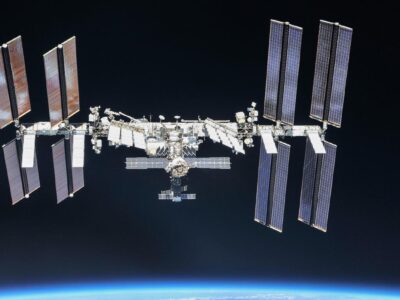NASA plans to create the Coolest Spot in the Universe
NASA plans to put a device on the ISS to create 100 million times more free space than space. NASA plans to produce the coldest point in the entire universe in August this year.
The device will be placed in a boxed box and taken to the International Space Station (ISS), Phys.org reported on March 6. Inside the box is a laser emitter and “blade” of electromagnetic energy along the vacuum cavity. They will combine to suppress atomic gas energy, slowing them to near-stop motion. The device is called NASA’s Cold-Smoke Laboratory (CAL). CAL is in its final assembly phase, before launching space on the SpaceX CRS-12.

NASA plans to create the coolest spot in the universe
Gas atoms can be cooled to 1 part per billion over Absolute zero (-273.15 degrees Celsius). That turns them into the coldest point in space, 100 million times colder than space.
“Studying supercooled atoms can change people’s understanding of matter, as well as the true nature of gravity.” The experiment we performed with the CAL will provide information about gravity and energy. Dark, the most common types of forces in the universe, “said scientist Robert Thompson of CAL. When atoms are cooled to the desired level, they form the material state known as “Bose-Einstein condensate” (BEC). The laws of physics familiar will lose meaning and quantum physics begins to have greater impact.
NASA has never observed or created BEC in space. On Earth, gravity causes the atoms to continually be attracted to the ground, making them only visible in extremely short time. In the gravitational state of the ISS, the superheated atoms will retain the BEC state longer. CALs allow this material to last from 5 to 10 seconds, or even longer, with future technology.
This test can also promote the discovery of dark matter. Current astronomical models divide the universe into 27% dark matter, 68% dark energy and only 5% ordinary matter. With all current technology, people are still unable to observe 95% of the universe. CALs can open up many secrets, far beyond the limits of today’s physics.






